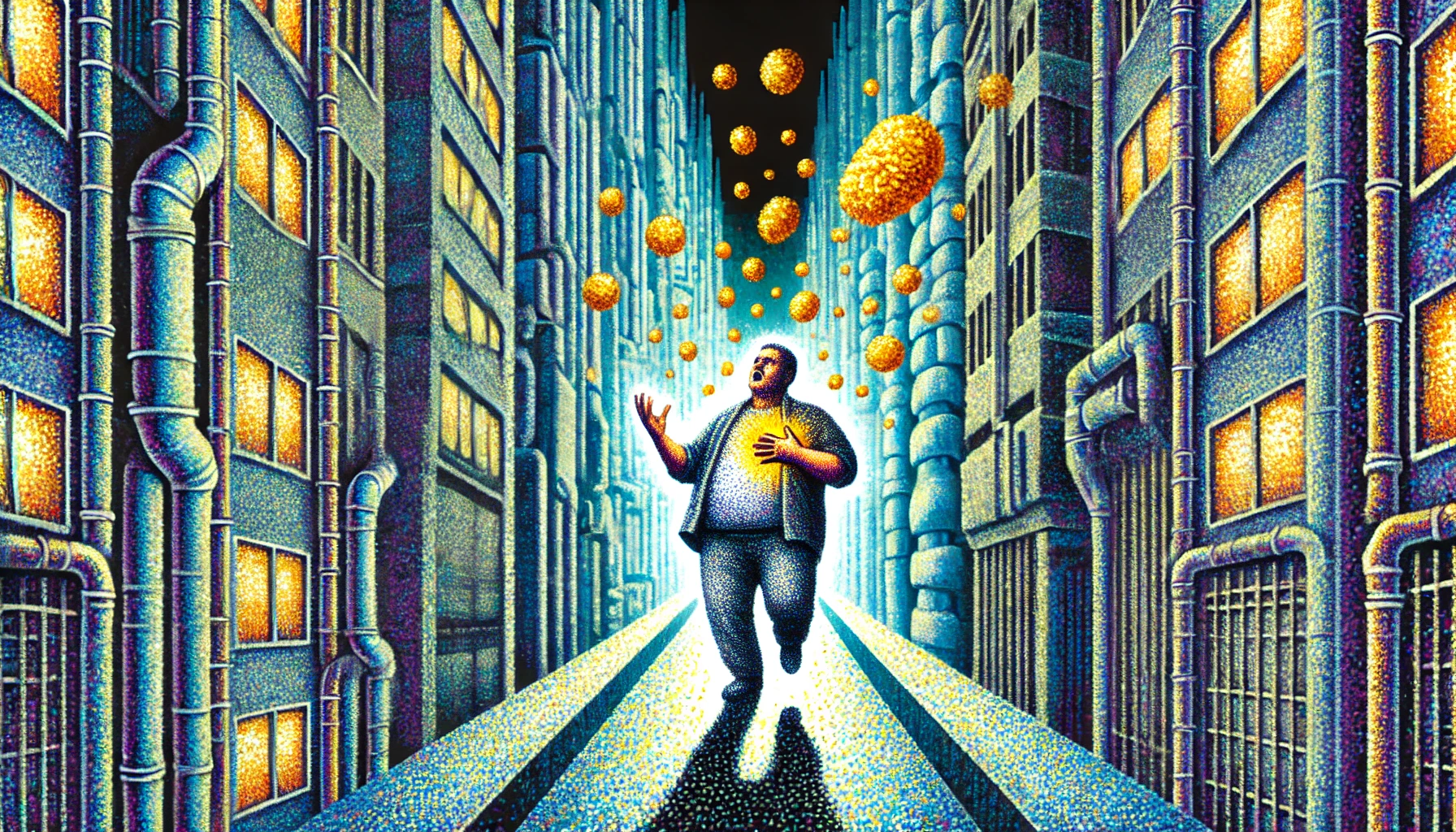Cholesterol. The word itself often triggers concern. It’s been demonized in diet discussions and heart health warnings for decades. But what is it, really?
At its core, cholesterol is a waxy, fat-like substance found in every cell of your body. It’s essential for survival. Your body uses cholesterol to build cell membranes, produce hormones like estrogen and testosterone, and synthesize vitamin D. Without it, many of your body’s critical functions would grind to a halt. The catch? Not all cholesterol is created equal, and too much of the wrong kind can be dangerous.
Why Cholesterol Matters—and When It Becomes a Threat
Cholesterol travels through the bloodstream in two main forms: low-density lipoprotein (LDL) and high-density lipoprotein (HDL). LDL, often called “bad” cholesterol, transports cholesterol to cells but can also deposit it in artery walls, leading to plaque buildup. HDL, the “good” cholesterol, helps remove excess cholesterol from the bloodstream, reducing the risk of heart disease.
When LDL levels rise too high, they contribute to atherosclerosis, a condition where arteries narrow and harden due to plaque accumulation. Over time, this increases the risk of heart attacks and strokes. High cholesterol itself has no symptoms, making it a silent but serious health threat. The good news? Lifestyle changes can significantly lower cholesterol levels and reduce health risks.
Lowering Cholesterol: A Multi-Faceted Approach
Managing cholesterol isn’t about a single fix—it requires a combination of weight management, physical activity, and dietary changes. Each plays a role in regulating cholesterol production, absorption, and circulation.
1. How Weight Loss Impacts Cholesterol
Carrying excess weight often means higher LDL cholesterol and lower HDL cholesterol. The link is partly due to how fat cells interact with cholesterol metabolism. Excess body fat increases LDL production in the liver and slows its clearance from the blood. It also promotes inflammation, which can worsen artery damage.
Losing weight reverses these effects. As the body burns fat, it reduces triglyceride levels, another harmful type of blood fat linked to heart disease. Lower triglycerides often mean improved HDL levels, which helps remove excess cholesterol from the bloodstream. Even a modest 5-10% weight loss can significantly improve cholesterol balance.
2. How Exercise Lowers Cholesterol
Exercise does more than burn calories—it actively improves how the body processes cholesterol. Regular physical activity:
- Increases HDL (good) cholesterol, helping clear excess LDL from the bloodstream.
- Lowers LDL (bad) cholesterol, partly by increasing LDL receptor activity in the liver, which removes cholesterol from circulation.
- Enhances blood vessel function, reducing the risk of artery-clogging plaque.
Both aerobic exercise (like running, cycling, or swimming) and resistance training (weightlifting) contribute to cholesterol improvements. Experts recommend at least 150 minutes of moderate-intensity exercise per week to see benefits.
3. The Best Diet for Cholesterol Control
Diet plays a direct role in cholesterol levels. Some foods increase LDL cholesterol, while others help lower it. The best approach focuses on balance, not extreme restrictions.
Foods that help lower cholesterol include:
- Soluble fiber: Found in oats, beans, lentils, and fruits, soluble fiber binds to cholesterol in the gut, preventing its absorption.
- Healthy fats: Monounsaturated and polyunsaturated fats (from nuts, olive oil, avocados, and fatty fish) reduce LDL cholesterol and boost HDL.
- Plant sterols and stanols: These compounds, found in whole grains, nuts, and fortified foods, block cholesterol absorption.
- Omega-3 fatty acids: Found in salmon, flaxseeds, and walnuts, omega-3s lower triglycerides and reduce inflammation.
On the flip side, certain foods should be limited or avoided:
- Saturated fats (from red meat, butter, and full-fat dairy) raise LDL cholesterol.
- Trans fats (found in processed snacks and fried foods) not only increase LDL but also lower HDL, making them especially harmful.
- Refined carbohydrates (like white bread and sugary snacks) can spike triglycerides and contribute to obesity, further worsening cholesterol levels.
Final Thoughts: Small Changes, Big Impact
Cholesterol is all about balance. Your body needs it, but in the right amounts and the right forms. The key to managing cholesterol isn’t found in a single action but in consistent, sustainable lifestyle choices.
Losing weight, exercising regularly, and eating a heart-healthy diet can lower LDL, raise HDL, and reduce overall cardiovascular risk. The best part? These changes don’t just improve cholesterol—they enhance overall health, energy levels, and longevity.
If your cholesterol levels are high, don’t wait. Start small, stay consistent, and watch your body respond. Your heart will thank you.








